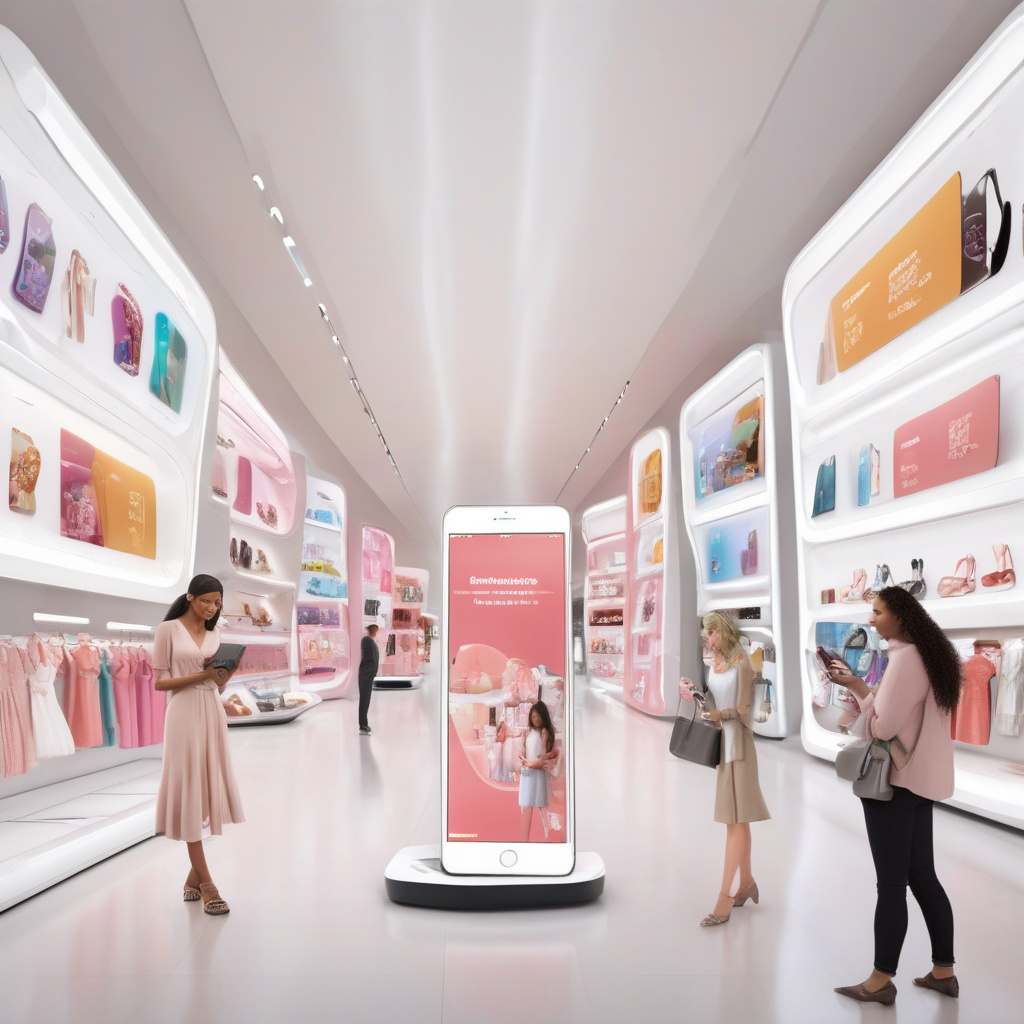From Destination to Signal: How AI is Rewiring the Role of Brand Websites in Retail
In the realm of retail, the landscape is constantly shifting. With the rise of e-commerce and the ever-increasing presence of artificial intelligence (AI), brands are finding themselves in a new era of digital marketing. No longer is it enough to simply have a website as a destination for potential customers. Now, brand websites must serve a dual purpose: to attract human visitors and to communicate effectively with AI algorithms.
In a world where shopping often begins with a prompt to a voice assistant or a quick search on a mobile device, the question that brands must now ask themselves is no longer just “How do I get traffic to my site?” Instead, they must consider, “What does my content teach the machine about my brand?”
AI is revolutionizing the way that brands interact with consumers online. Search engines and social media platforms are using AI to deliver personalized content to users based on their preferences and behaviors. This means that brand websites must be optimized not only for human visitors but also for AI algorithms that are constantly scanning the web for relevant information.
One of the key ways that AI is reshaping the role of brand websites in retail is through the concept of signals. In the past, brands could rely on traditional SEO tactics to drive traffic to their sites. Keywords, backlinks, and metadata were all important components of a successful digital marketing strategy. However, with the advent of AI, these signals are no longer enough.
AI algorithms are now looking for more nuanced signals to determine the relevance and authority of a brand website. This includes factors such as natural language processing, user engagement metrics, and even the sentiment of the content. Brands that are able to provide high-quality, engaging content that resonates with both human visitors and AI algorithms will have a competitive edge in the digital marketplace.
For example, consider a retail brand that sells outdoor gear. In the past, they may have focused their website content on keywords like “hiking boots” or “camping equipment” to attract organic search traffic. While these keywords are still important, they are no longer the only factor that AI algorithms consider when ranking websites.
Now, the outdoor gear brand must also consider how their content aligns with the intent of the user. Are they providing valuable information about the benefits of their products? Are they engaging with their audience through social media and other channels? By creating a holistic digital marketing strategy that takes into account both human and AI audiences, the brand can improve its online visibility and drive more traffic to its website.
In conclusion, the role of brand websites in retail is being fundamentally rewired by the rise of AI. No longer can brands rely solely on traditional SEO tactics to drive traffic to their sites. Instead, they must focus on creating high-quality, engaging content that resonates with both human visitors and AI algorithms. By understanding the shifting landscape of digital marketing and adapting their strategies accordingly, brands can position themselves for success in the ever-evolving world of e-commerce.
AI, retail, brand websites, digital marketing, signals
